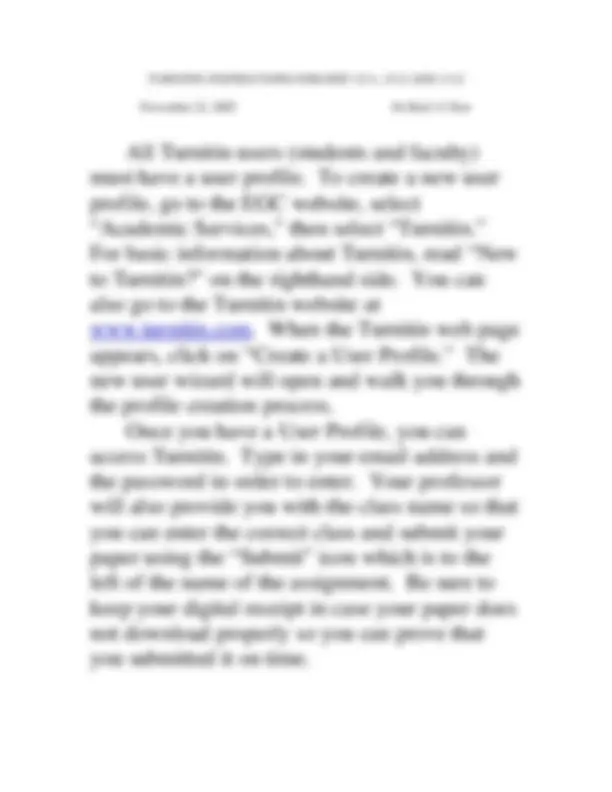
BOOK REVIEW INSTRUCTIONS FOR HISTORY 2111 and 2112 8/05 revision
1. Note the schedule for completing work on your book review, as included in the course outline contained
in your syllabus.
2. Do not assign a title to your book review. Begin your book review with a complete and correct
bibliographic citation. Go to the East Georgia Website (www.ega.edu) and click on the EGC library
website (on the lefthand side). Click on the hotlink entitled “Citation Style Guides” and use the MLA or
Chicago Manual guidelines ONLY for your bibliographic citation.
3. All book review drafts must be typed and double-spaced, with one-inch margins and twelve-point
font. Try to make your review in the final draft as close to four pages long as possible. Suggestion: write
more at first and then cut out extra words and material as you go. I neither expect nor want covers on the
review; five pages and a staple are sufficient.
4. Use the chapter summaries that you have written as well as notes you have taken and discussions in
class to write your book review.
5. Please put your name on a blank cover page. That way I can grade your essay blind.
6. Model book reviews are on reserve in the EGC Library for your inspection.
7. Do not begin your book review with a biography of the author. Write an introductory paragraph that
introduces the book he wrote. However, biographical information about the author can be very helpful.
8. Elements of a good book review include the following:
(a) an introduction to both your book and its topic
(b) a brief biography of the author, especially as it relates to the book you are reviewing (not
necessary if not germane to the review).
(c) a statement of the thesis, or basic argument, of the book
(d) a summary of the contents describing the overall scope and emphases of the book
(e) critical argumentation and evaluation of the book, both positive and negative
(f) your reasoned arguments for your evaluation of the book
(g) a short--often one-sentence--conclusion or summation to your review
9. Things to critique in a book review include:
(a) the author’s sources
(b) the author’s research, methods and results
(c) the thesis of the book
Is it clear and appropriate?
Is it valid?
Does the author prove his thesis?
(d) use of evidence
How does the author use his evidence to prove his thesis? Does he?
(e) author’s interpretation(s)
Do you agree? Why? Disagree? Why?
(f) writing style
e.g., grammar, syntax, word choice, vocabulary, structure, overall clarity and literary
quality
10. Write in third person. There is no need to say “I think . . .” because a book review is by definition your
opinion. In the odd case that you need to refer to yourself, call yourself “this reviewer” in order to retain
the third-person orientation of your paper.
11. Instruct students on how to use Turnitin (over).










